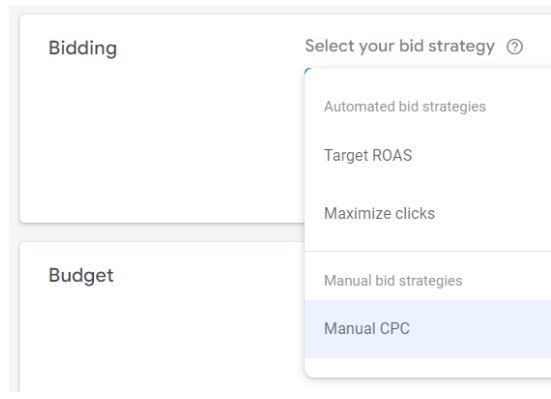Value-based pricing is an organizational strategy where prices are adjusted based on the perceived value to the consumer. Essentially, it asks: What is the customer willing to pay? 💸
This customer-focused approach is different from cost-plus pricing, where prices are determined by the cost of production plus a markup. Value-based pricing ensures manufacturers maximize value without leaving money on the table, offering pricing guidance that reflects the market value. It also improves win rates by understanding customer options and differentiating solutions from competitors in terms of value to the customer. 📈
To illustrate, consider the CASA C-101 and LEARJET 35 aircraft, both equipped with the same engine. Despite sharing this core component, each serves a different purpose—air fighting training and executive transport, respectively. This prompts the question: How would each aircraft operator value the same engine? ✈️
Not For The Faint Of Heart
While value-based pricing offers significant potential, it comes with its own set of challenges. This strategy is ideal for go-to-market approaches that prioritize customer focus and require constant feedback. However, value-based pricing is labor-intensive and isn’t a “set-it-and-forget-it” type of approach.
Grasping the value proposition within a market segment is no easy task.
Various methodologies can help businesses identify the value drivers that set their products or services apart. Each of these methods can take months to fully implement for a single product.
The key to overcoming these obstacles lies in leveraging data to understand trends in customer behavior, sales activity, market changes, and other business aspects. This correlation helps a company effectively capture the value and exert pricing power for their products. 📊✨
In discrete manufacturing, companies face several additional hurdles that complicate operations and decision-making. Managing large and varied product portfolios requires significant effort, especially when frequent pricing adjustments are necessary to close gaps and remain competitive. Understanding the complexities of B2B competition presents its own challenges, often compounded by isolated systems and processes that hinder a cohesive strategy. Additionally, manufacturers must manage a long tail of products that contribute minimally to the overall business, which can drain resources and reduce operational efficiency.
Core Pillars Of Value-Based Pricing And Their Benefits
Value varies by customer. For a business, value means anything that keeps it running or helps it thrive. This could mean reaching new customers, tapping into new markets, or cutting operational costs to boost margins. 🌟
This concept has a crucial implication: a product or service that is highly beneficial to one customer in one market might hold little value for another customer in a different market. Failing to recognize this can spell disaster for an offering if we only focus on the value we attribute to our product. 🚀
🌟 Value is all about how your product stacks up against the next best alternative. If your product is just like the competition’s, why would customers choose yours over theirs? A competitive advantage isn’t just about charging more; it’s about customers evaluating all available options on the same terms. And those terms are based on value, not just price.
Here’s the twist: often, the most common alternative for customers is to do nothing at all. Think about how many times you’ve said, “I don’t really need this; I already have something else.” If you don’t recognize “doing nothing” as a viable alternative, you risk losing your current customers or missing out on potential ones who prefer to stick with what they already have.
🛍️ Understanding market segmentation goes beyond simply putting customers into categories. It involves grasping how different types of customers perceive the value of a product and creating versions that cater to each market segment uniquely.











Leave feedback about this